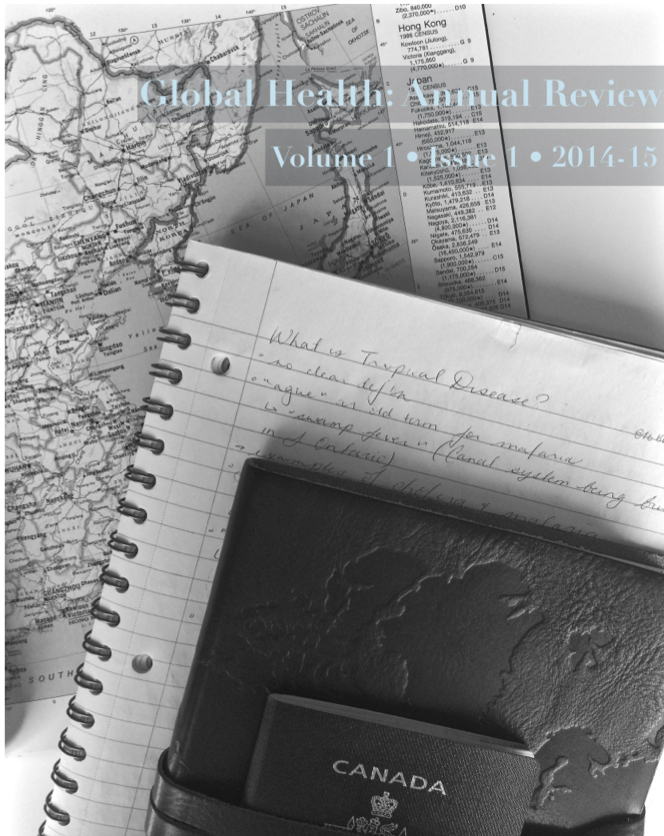Intersectoral Involvement in Water Sanitation Innovations
Abstract
Diarrheal diseases result in the death of over one million children annually, more than AIDS, malaria and measles combined (2). Poor water management and sanitation are at the root of this serious global health issue, requiring intersectoral involvement to establish and implement efficient water management and sanitation strategies.
Simple yet effective water and sanitation innovations such as rainwater harvesting and ecological sanitation are available, however many people continue to lack access to safe water and are far behind the Millennium Development Goal (MDG) target for water and sanitation(1,2).
This paper analyzes the importance of intersectoral involvement and the interaction between technology and policy in successful technology transfer, with a focus on rural Zambia.
Using a socio-ecological framework, this analysis focuses on the interaction between environmental subsystems and the economic, social, and political factors affecting new technology implementation. The issues with assuming that new water sanitation innovations will be universally applicable are discussed in relation to past difficulties with transferability.
References
1. World Health Organization and UNICEF. Progress on Sanitation and Drinking Water-2014 Update. World Health Organization; 2014 May. Available from: http://www.who.int/water_sanitation_health/publications/2014/jmp-report/en/
2. Opio C. Building Effective Drinking Water Management Policies in Rural Africa: Lessons from Northern Uganda. CIGI-Africa Initiative Policy Brief Series; 2012 Sept; No.5. Available from: https://www.cigionline.org/publications


